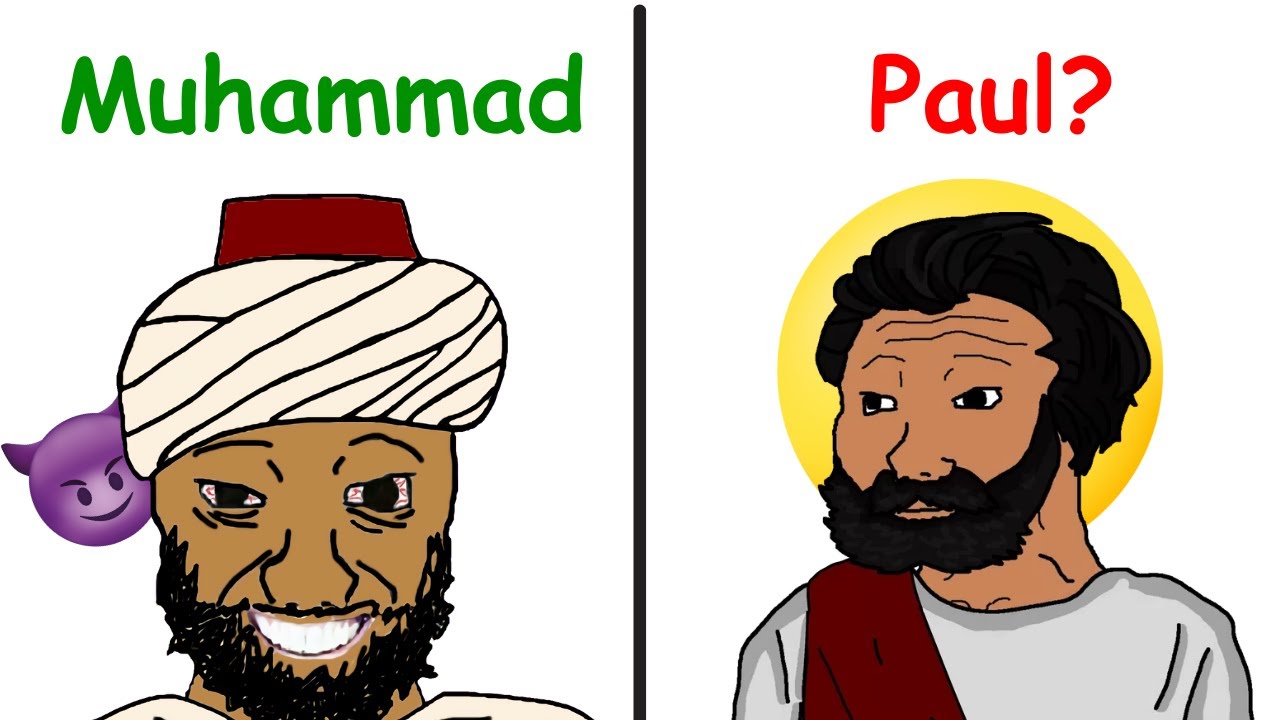Death & Afterlife: The Ancient Hebrew View
Summary
TLDRThe video examines ancient Hebrew ideas of death and the afterlife, contrasting them with later Jewish and Christian concepts of resurrection and immortality. It explores Hebrew cosmology, the creation story in Genesis, the concepts of Sheol and eternal life, and depressing verses conveying the finality of death. It argues the early Hebrew Bible lacks a positive afterlife, with figures like Moses buried and gone. Only later texts hint at resurrection. The video promises future installments on Babylonian, Greek, and modern views to showcase the development of afterlife beliefs over time.
Takeaways
- 😊 The ancient Hebrew view of the cosmos was of a flat earth disc surrounded by waters, with a firmament dome above separating waters above from the earth below.
- 😴 In the Hebrew Bible, death is seen as going to Sheol, a dark silent pit or grave where all the dead sleep together regardless of status in life.
- 👼 Humans are described as 'living breathers', made from dust/soil and animated by the 'breath of life' from God.
- 🍎 Adam and Eve lost access to the Tree of Life in the Garden of Eden, and so humans lost the potential for eternal life.
- 🤔 There are hints later in the Hebrew Bible that resurrection of the dead might be possible, but it is not clearly taught early on.
- 👑 The dead in Sheol are seen as sleeping, at rest, quiet - not in 'hell' with fire or torture as mistranslated later.
- 📜 The concept of 'knowledge of good and evil' marks coming of age and moral accountability in the Bible.
- 😢 The standard Hebrew view is realistic but bleak - no real afterlife, just the pit of Sheol.
- 🌳 There is hope of restored access one day to the Tree of Life granting immortality.
- ✝️ Later Jewish groups and then Christians started debating and teaching ideas of resurrection and eternal life.
Q & A
What is the Hebrew concept of 'sheol'?
-Sheol is the Hebrew concept of the realm of the dead, seen as a dark, silent pit or grave underground where all the dead go, both rich and poor, small and great. There is no differentiation.
What does the Hebrew Bible say about the human soul or spirit after death?
-The Hebrew Bible does not have a concept of an immortal soul. Rather, it sees humans as 'living breathers'. When a person dies, their breath and life spirit dissipates and cannot be restored. The body returns to dust.
Does the Hebrew Bible support belief in bodily resurrection from death?
-No, the Hebrew Bible does not explicitly discuss or support bodily resurrection from death. That idea emerges later in texts like Isaiah and Daniel and becomes more prominent in the intertestamental period and the New Testament.
What was the tree of life in Genesis and what was its significance?
-The tree of life was located in the Garden of Eden and had the power to confer immortality or eternal life to those who ate of its fruit. Humans lost access to it when expelled from the garden, losing their chance at immortality.
What does 'knowing good and evil' mean in Genesis?
-It signifies a coming of age when humans become morally accountable and free agents who can choose between good and evil actions. It is linked to adulthood.
What is the Hebrew cosmology or view of the structure of the cosmos?
-The Hebrews saw the earth as a flat circular disc with a dome-like 'firmament' above, holding back mighty primordial waters. Above that were the heaven where God dwells. Below the disc was sheol, the shadowy underworld.
Who does the Hebrew Bible say will get resurrected bodily in the future?
-The Hebrew Bible does not explicitly teach about or promise a future bodily resurrection. That idea comes later in texts like Isaiah, Ezekiel, Daniel and some extra-biblical Jewish apocalyptic works.
What great Hebrew figures and heroes died and stayed dead?
-Many major figures like Moses, Abraham, David and the prophets all died and remained dead, buried in the earth without any hope expressed in the Hebrew Bible for their future resurrection.
Does the Isaiah vision of new heavens and new earth suggest immortality?
-No. In Isaiah 65-66, people in the new creation still die at 100 years old. So it does not represent a return to Eden with access to the tree of life and immortality.
When did ideas of resurrection and afterlife develop in Israel's history?
-These ideas slowly emerged in the last few centuries BCE, during the late prophetic and intertestamental periods, as seen in texts like Isaiah, Ezekiel, Daniel and extra-biblical apocalyptic works.
Outlines

Cette section est réservée aux utilisateurs payants. Améliorez votre compte pour accéder à cette section.
Améliorer maintenantMindmap

Cette section est réservée aux utilisateurs payants. Améliorez votre compte pour accéder à cette section.
Améliorer maintenantKeywords

Cette section est réservée aux utilisateurs payants. Améliorez votre compte pour accéder à cette section.
Améliorer maintenantHighlights

Cette section est réservée aux utilisateurs payants. Améliorez votre compte pour accéder à cette section.
Améliorer maintenantTranscripts

Cette section est réservée aux utilisateurs payants. Améliorez votre compte pour accéder à cette section.
Améliorer maintenantVoir Plus de Vidéos Connexes

Indian Preacher Dodges Critical Questions | Hashim vs Christian | Speakers Corner | Hyde Park

Who Truly Reinvented Jesus: Paul or Muhammad?

Hamza Yusuf - Death, Life After Death, Reincarnation

The Demons of Ancient Israel - Exploring the Demonology of the Hebrew Bible / Old Testament

KITAB IBRANI DAN PERJANJIAN LAMA: MUNGKINKAH BERKAITAN? #mengulik

A ODISSÉIA: "VOCÊ É FINITO, MAS..." CLÓVIS DE BARROS DISCUTE sobre a MORTALIDADE!
5.0 / 5 (0 votes)
